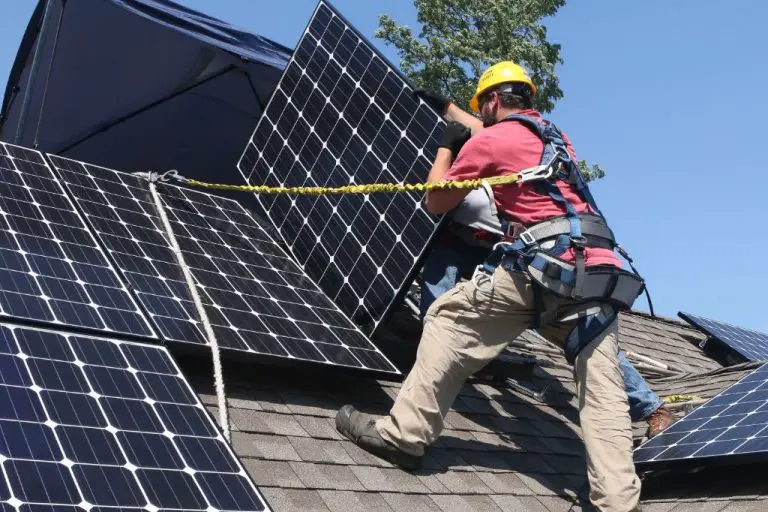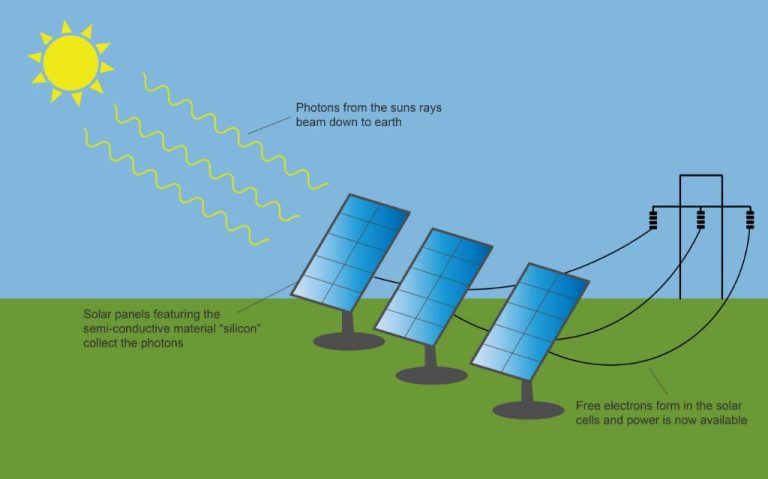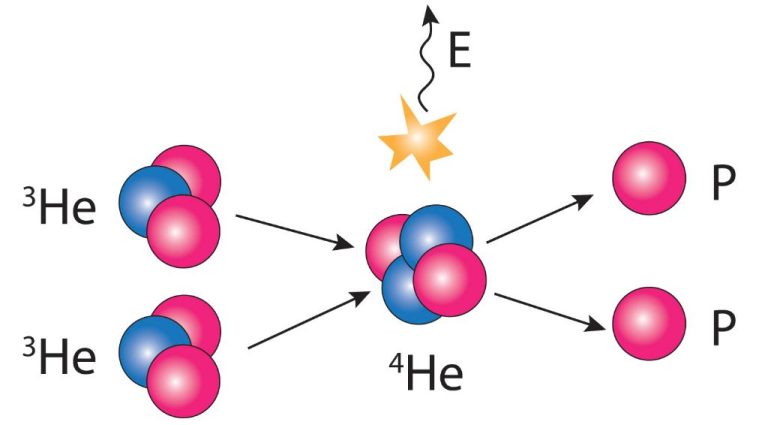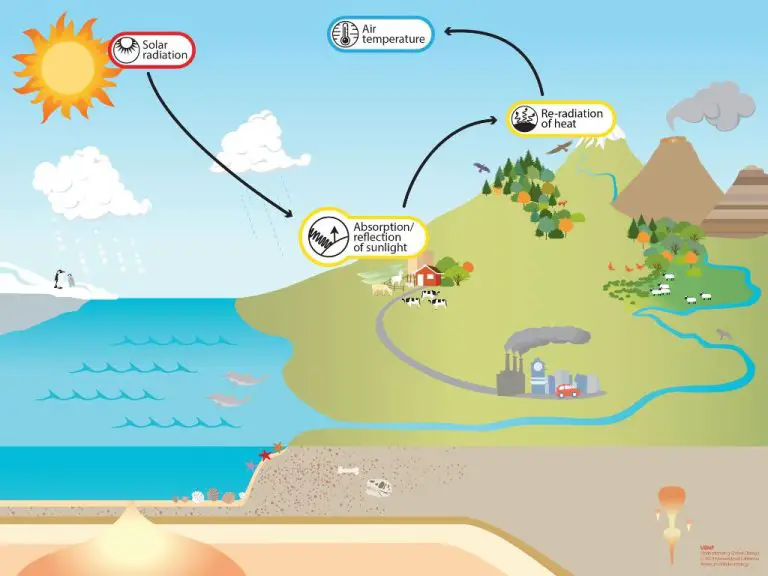Is Solar Panel Cheaper Than Electricity?
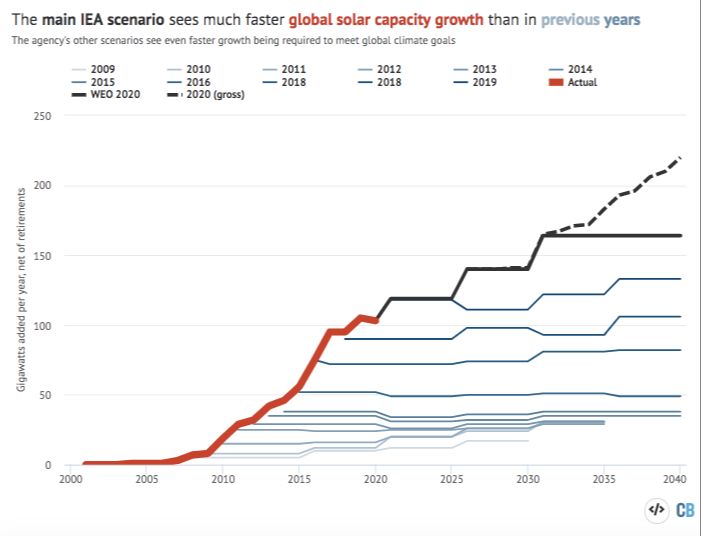
Solar panels are rapidly transforming the energy landscape around the world. In fact, solar power accounted for nearly 3% of total U.S. electricity generation in 2020, up from just 0.1% in 2010 according to the U.S. Energy Information Administration (source). With costs continuing to fall and efficiency improving, solar power is becoming an increasingly compelling renewable energy source for homes and businesses.
Cost Comparison Overview
When comparing the costs of solar panels versus grid electricity, it’s important to look at both the upfront and ongoing costs over the full lifetime of a solar system. Solar panels require a significant upfront investment, but can pay for themselves over time through electricity bill savings. Over a period of 20-25 years, most homeowners end up saving money overall with solar panels compared to relying solely on the grid.
According to one analysis, the average upfront cost for a 6 kW solar system is around $18,000 before incentives and rebates 1. However, homeowners can save an estimated $30,000 or more over 25 years from lower electricity bills and other savings. So while solar has higher initial costs, it results in greater lifetime savings compared to grid electricity in most parts of the U.S.
There are several variables that impact the cost comparison, like electricity rates, solar incentives, system size, and financing options. But studies consistently show that solar pays off in the long run for homeowners who can afford the initial investment. Carefully calculating total costs over 20+ years is key to understanding the overall value proposition of solar panels.
Upfront Costs
The biggest upfront cost of going solar is the purchase and installation of the solar panel system. The average cost to purchase and install solar panels nationwide is around $16,000-$23,000 before incentives, according to recent data (source, source). However, prices can vary significantly based on the size of the system, type of panels, location, difficulty of installation, and additional hardware needs. In general, you can expect to pay $2.50-$4.50 per watt for a professionally installed solar system.
The size of the system is a major factor in overall cost. The required system size depends on your energy usage and the number of sunlight hours in your area. For a typical home, an average-sized 5kW system can cost $15,000-$25,000 installed. Costs scale up for larger systems and down for smaller systems. Location also plays a big role, with installation costs varying across different states and cities due to factors like electricity rates, labor costs, permits, and incentives.
Ongoing Costs
One of the main ongoing costs associated with solar panels is maintenance. Proper maintenance is crucial to ensure solar panels operate efficiently and have a long lifespan. According to Fixr, solar panel maintenance costs average between $300 and $700 for most homeowners, with an average of about $400 for a basic cleaning and inspection of a 10-panel, 2 kW system. Roof Gnome estimates maintenance costs around $570 on average, with high-end solutions costing up to $1,125. Maintenance usually includes inspecting connections, cleaning panels, checking inverters, and trimming any overhanging tree branches. Without regular maintenance, solar panel efficiency can degrade up to 35% over 25 years.
Factors that affect solar panel maintenance costs include system size, roof accessibility, regional labor rates, and the services included in a maintenance contract. Larger systems with difficult roof access or custom mounts may have higher maintenance costs. Periodic maintenance helps identify any issues early before they worsen into costly repairs. Most experts recommend scheduling maintenance every 1-2 years.
Electricity Bill Savings
Installing solar panels can lead to significant savings on electricity bills. According to a study by NREL, solar electricity can reduce electricity bills by up to 84% for some homeowners. The amount of savings depends on several factors like location, system size, electricity rates, and financing options.
For a typical 10 kW solar system, homeowners can expect to save $1,500 to $2,000 per year on their electricity bills. The exact savings amount will depend on factors like sunlight hours, energy use, net metering policies, and local electricity rates. In areas with high electricity prices like California and Hawaii, savings can exceed $3,000 per year.
Solar panel systems generate electricity during the day that directly offsets electricity purchased from the utility company. Any excess electricity produced is fed back into the grid and credited through net metering policies. This gives solar customers greatly reduced electric bills each month.
Over the lifespan of a solar system, electricity bill savings can add up to tens of thousands of dollars. Going solar is a long-term investment that leads to ongoing utility bill reductions for decades.
Incentives and Rebates
There are various tax credits, rebates, and incentives available to help reduce the cost of installing solar panels. The federal solar investment tax credit (ITC) provides a 26% tax credit for systems installed in 2023, which will decrease to 22% in 2024 and 10% in 2026 before expiring (Source 1). Many states also offer additional tax credits, rebates, or performance-based incentives, with the most generous being in states like New York, Massachusetts, California, and Arizona (Source 2). Specific incentives vary by state and utility provider, but can include upfront rebates, performance payments, sales tax exemptions, property tax exemptions, and/or renewable energy credits. When combined, these incentives can cover 30-40% or more of the total system cost.
One example is Massachusetts, which offers a base incentive of up to $4,500 plus additional performance-based incentives of up to $4,800 over 10 years (Source 2). New York offers a tax credit of 25% of the system cost until 2024, plus additional local utility rebates (Source 2). It’s important for homeowners to research federal, state, and local incentives when budgeting for a solar installation.
Return on Investment
The return on investment (ROI) for solar panels refers to how long it takes for the upfront costs of a solar system to be recouped through electricity bill savings. This is also known as the “payback period.” The national average payback period for residential solar panels is 6-8 years (1). However, the solar ROI can vary significantly based on your specific situation.
Factors that impact solar ROI include:
- System size
- Solar panel efficiency and warranty
- Electricity rates in your area
- Net metering policies
- Local rebates and incentives
- Roof orientation and shading
Using an instant online solar calculator can give you a rough estimate of how long it will take solar panels to pay for themselves on your home (2). More detailed analysis by a solar installer will provide more personalized and accurate projections.
In optimal conditions, homeowners may see a complete return on their solar investment in as little as 3-5 years. In other situations it can take up to 15 years to break even. Generally, solar panels will continue generating electricity and savings for 20-25+ years, leading to a strong return over their full lifetime.
While payback period is important, solar panels can be a good long-term investment even if they take 10+ years to pay off. The decades of electricity savings and hedge against rising rates can offset the initial costs over time. Weighing the long-term value versus upfront costs is key in determining if solar is a smart investment for your home.
(1) https://www.forbes.com/home-improvement/solar/solar-panel-roi/
(2) https://unboundsolar.com/solar-information/return-on-solar-investment
Long Term Savings
Over the lifetime of a solar panel system, which is typically 25-30 years, the long term savings can be substantial. According to solwiser.com, the lifetime solar panel savings can be over $30,000 compared to relying solely on electricity from the grid. This factors in the upfront system costs as well as ongoing electricity bill savings over decades of use. With solar panels likely producing electricity for 25+ years, they can provide great ROI and long-term financial benefits for homeowners.
Exact lifetime savings will vary based on system size, electricity rates, sunlight availability, incentives, and other factors. But in general, solar panels can save tens of thousands of dollars over their lifetime compared to no solar panel system. This demonstrates the value of the long-term investment and how solar panels can pay for themselves over time through electricity bill savings.
Other Factors
In addition to upfront costs and long-term savings, there are other factors to consider when deciding whether to install solar panels, such as aesthetics and energy independence.
Some homeowners are concerned about how solar panels will look on their roof and whether the panels will fit with the aesthetics of their home. Solar panels can be visible from the street, so this is an understandable concern. However, solar technology and design has improved significantly, and panels can be installed flush with the roof and colored to blend in. Simple black panels tend to draw the least attention.
Installing solar panels also provides energy independence and insulation from utility rate hikes. With solar, you can generate your own electricity and rely less on the grid. This gives you more control over your energy costs in the long run.1
For many homeowners, increased energy independence and other benefits make solar panels worthwhile despite aesthetic considerations. Careful solar panel selection and placement can help minimize visibility and blend the panels into your home’s design.
Conclusion
In summary, determining if solar panels are cheaper than buying electricity from the grid involves looking at numerous factors. There are significant upfront costs to purchase and install a solar panel system. However, solar panels can provide ongoing savings on your electricity bills over the long run. Exactly how long it takes for the savings to outweigh the upfront investment depends on system size, electricity rates, incentives, weather conditions, and financing options. While solar panels may not make financial sense for every home, declining costs and favorable incentives are making solar power more affordable every year. With some careful analysis of your specific situation, you can determine if going solar could be a wise investment that saves money over time.

